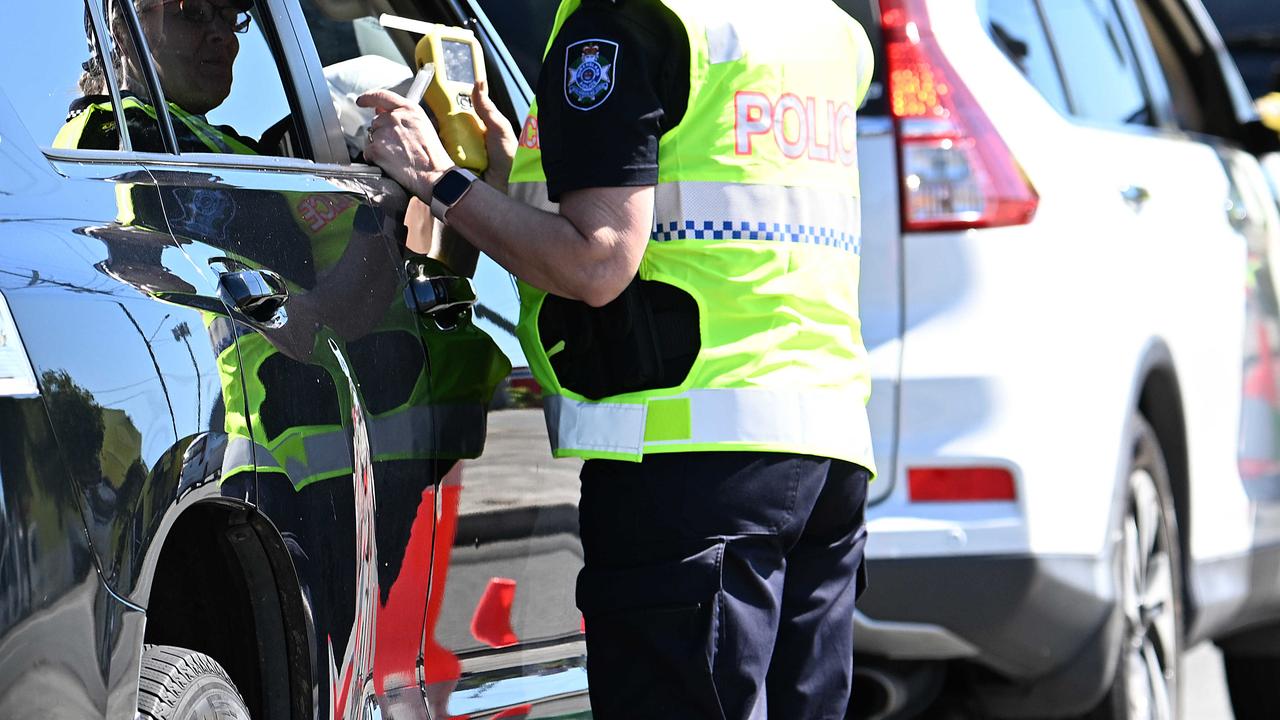Qld hospital staff missed multiple opportunities to manage woman’s risk of VTE before sudden death
Queensland hospital staff missed five opportunities to assess and manage a woman before she collapsed suddenly in the bathroom of a rural hospital, a coroner has found.

Police & Courts
Don't miss out on the headlines from Police & Courts. Followed categories will be added to My News.
Hospital staff missed five opportunities to correctly assess and manage a 48-year-old Queensland woman’s risk of venous thromboembolism in the days before she died from complications of the condition, a coroner has found.
The woman, identified as Lenore, was first taken to a rural Queensland hospital on January 30, 2022 when she started having intense pain while playing golf.
She died days later on February 4 after suffering a pulmonary embolism caused by deep vein thrombosis.
In non-inquest findings released this week, Coroner Ainslie Kirkegaard said Lenore’s death was reported to the coroner’s office as potentially being health care related because of concerns about the management of her risk of developing venous thromboembolism (VTE) – a condition that occurs when blood clots form in the veins.
In the days after her admission to the rural hospital, Lenore was moved to a regional hospital for tests and back to the rural hospital again.
A review of her records revealed a complex medical history which included nonepileptic seizures and chronic lower back pain.
Coroner Kirkegaard ultimately found that during her days in both hospitals, staff missed multiple opportunities to assess and manage her risk of VTE.
However, she said while assessment would have significantly optimised her care, it was not guaranteed to eliminate the risks involved with the condition.
“There were five missed opportunities for her VTE risk to have been assessed and reassessed before she collapsed suddenly in the bathroom on the evening of her return to the rural hospital on 3 February 2022,” she wrote.
The coroner said the hospital service had since identified a number of issues which contributed to the failures.
“Those factors included significant workload pressure on the initial admitting medical team at the rural hospital, inadequate clinical documentation and the lack of a standardised VTE risk assessment tool and assessment practices across the hospital and health service (HHS),” she said.
The coroner said the she was satisfied the HHS had since implemented procedures that would have ensured Lenore was appropriately assessed within 12 hours of her admission to the rural hospital.
“However, it must be acknowledged that while VTE prophylaxis with anticoagulation and or mechanical compression can significantly reduce the risk of clot formation, it does not completely eliminate the risk,” she said.
“As such assessment, documentation, monitoring and reassessment of Lenore’s VTE risk would have significantly optimised her care but was not guaranteed to eliminate the risk that ultimately manifested for her.”



